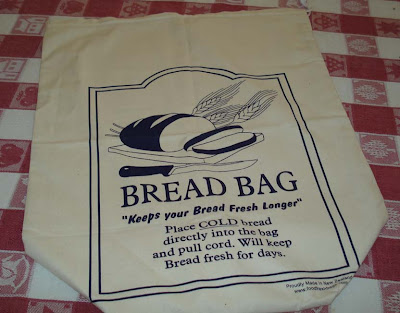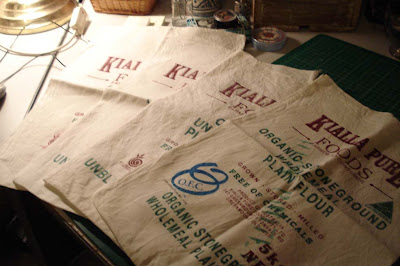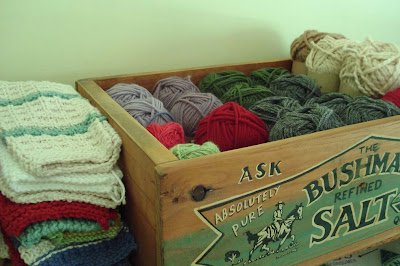No one would apply for our jobs. We work long hours, have no days off, we have to balance our budgets no matter what the circumstances, we are responsible for the mental and physical health of any number of children as we raise them to take on that responsibility for themselves. We act as role model, advisor, counsellor, guide and friend, we drive them to school, the library and the doctor, we explain boundaries. We support and encourage our partners, or if we're single parents, we take on a dual role. Whether we are single or attached, our job requires that we cook nutritious food that meet guidelines for good health, we clean toilets and faces and everything in between, we sew, mend and repair, we teach and nurture, administer discipline and model kindness and generosity, we are optimistic and brave, we are stewards of our homes, land and assets, guardian of our morals and privacy, and protector of the small and weak.
Position description: Homemaker. Remuneration: Nil.
And yet who would give up this most essential of jobs? There was a time when the job of homemaker, if it was thought about at all, was seen as insignificant and dreary. But as times change and the recession deepens, perceptions change. The homemakers of today are taking care of business. They are developing strategies to get their families through these hard times, they are showing, by example, that hard work, planning and optimism bring their own rewards.
Our jobs as homemakers are more important now than they were before because now we have the extra responsibility of guiding our family through these tough times. You may be in a family with one income, or none. Maybe there are two incomes but the hours have been cut back. Whatever the circumstances, even if there have been no changes yet, you have no way of knowing if you'll ride the recession through without losing some hours or a job, so prudence and planning are needed.
If you've never seen your role as a homemaker as a job before, now is the time to change. It is your job now to modify how you shop and cook so you can save as much money as possible. Whatever your household budget is, it is your job to not just get through the week on that money, but to cut corners and try to save some of that money. Having a little nest egg when the economy is like this is can be quite a comfort if there is a need for new shoes or clothes. It's a great time to teach yourself to sew, mend and knit. There are many blogs and videos on You Tube that will show you how. It is your job to explain what is happening to your children so they too can make a contribution to your family. They might have to do without for the time being, or at least cut back on what they are given or expect. It's a tough time for them as well as the rest of us but they will learn valuable lessons from hardship and you shouldn't try to shield them from this reality.
Many things change when the economy weakens and some of those things are difficult to deal with but it can also be a time of great personal growth. Your family is relying on you to get them through this. Not only will you have to keep food on the table, you'll also have to find entertainment that doesn't cost much, or anything. Now is the time to rediscover your library, garden, local museums and parks. Instead of waiting for life to throw things at you, develop a plan for your family so you're actively working together, learning new skills. If your children are old enough, ask them to help with the extra work you have to do and explain why that work is there - that cooking from scratch is cheaper and healthier, that a vegetable garden contributes fresh food to the family for a small cost, that now, more than ever, your home needs to be kept clean and in good repair. Work actively with your partner too. Set out a new budget, look at your spending together, plan what family outings, grocery shopping and home maintenance you'll do in the next month. If you live alone it's important that you do these things too. Your budget will have to stretch further and give value for every penny you spend.
When you take life by the collar and give it a good shake you tend to be more organised and ready for what's in store for you. Don't sit back, scared, waiting for what might come. Make a plan, write up a budget, keep your family close, explain what is happening, learn whatever you need to know to help you save money. These are not bad times, they are just different. We can make them as meaningful as our grandparents made the great depression. That certainly was a time of great hardship, but it also taught people to be self reliant, hard working, innovative and thrifty. And when things got better, those wonderful qualities stayed with them to help build their lives into what they wanted them to be.
As the homemaker in your family, it is your role now to gain the skills you need to save money and keep your family going. Your job is as important as your partner's job to earn money. Your partner earns the money, you stretch every dollar until it screams. Waste is a thing of the past. You make sure you get value for every cent you spend and then use what you buy in the most efficient and economical way. Every period in our history had lessons to teach us. The lessons you learn from this economic crisis have the potential to make your family into a strong, self-reliant unit. And when you come out the other end of this, the sky is the limit.
* From allposters.com











































